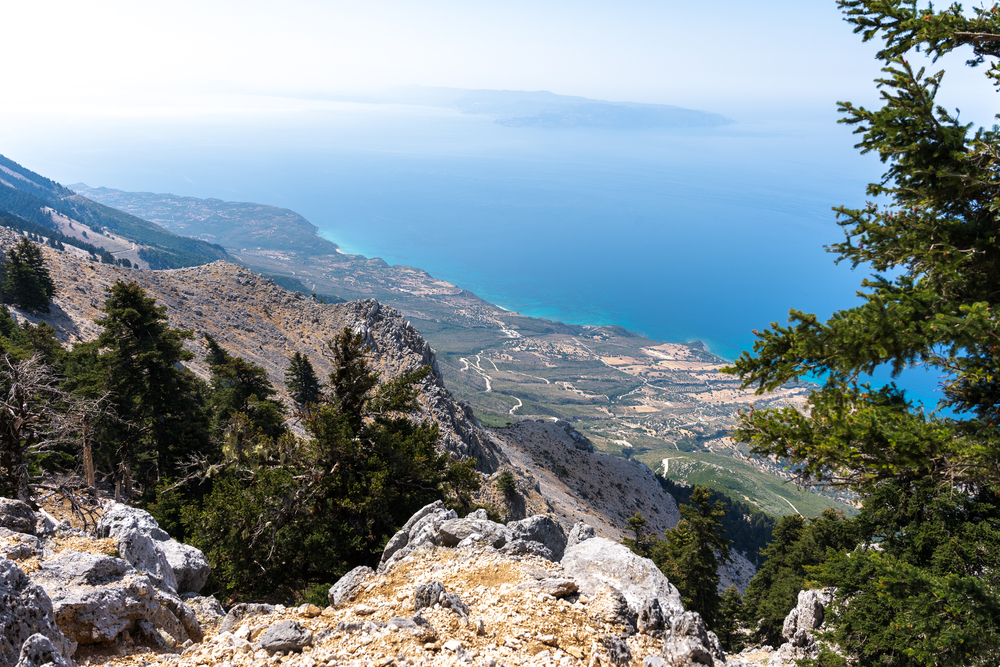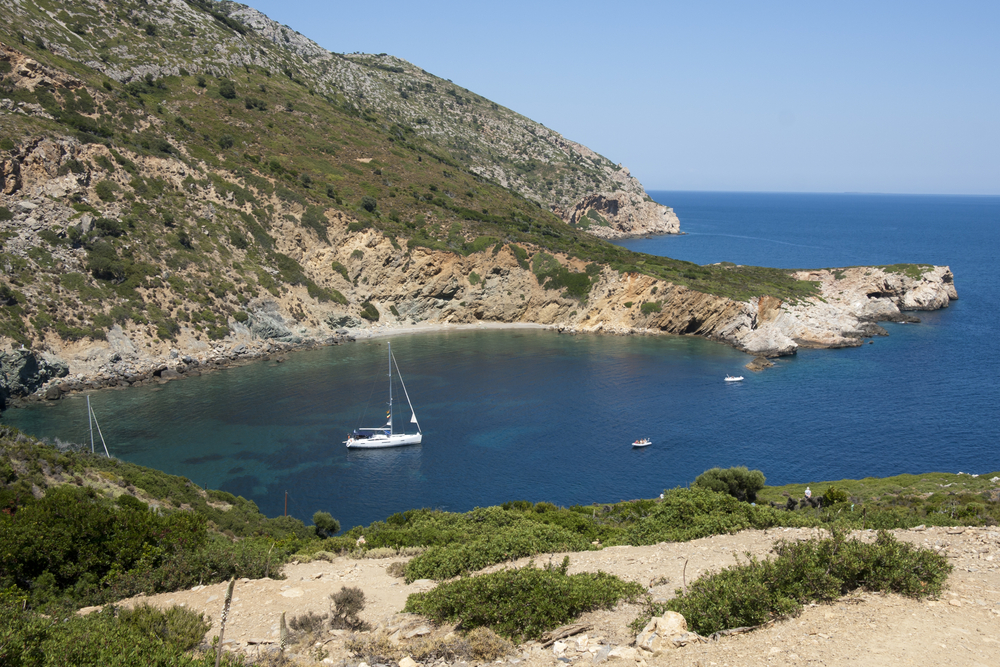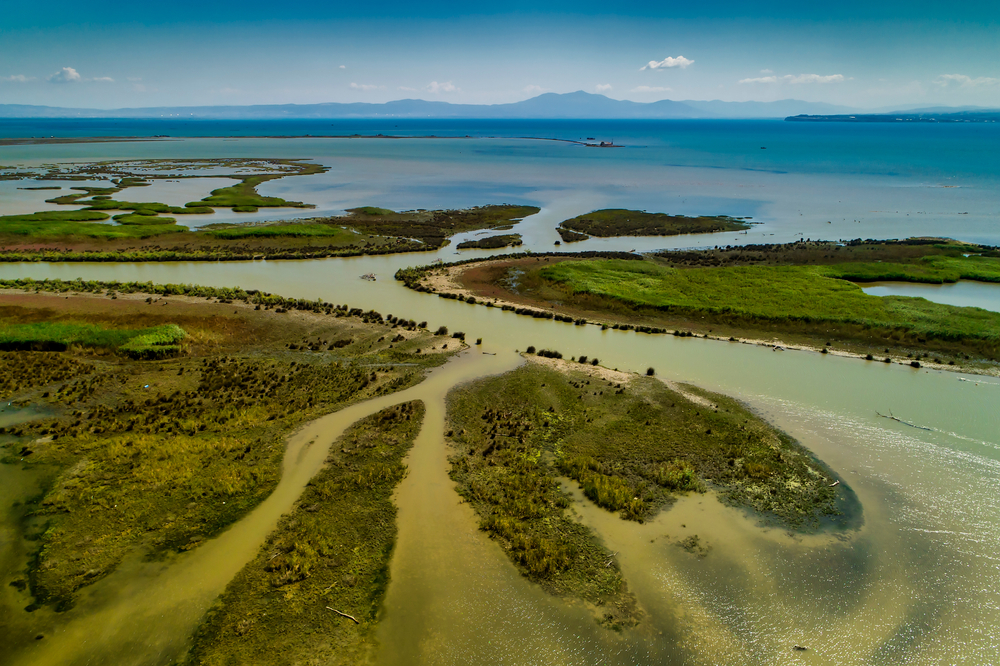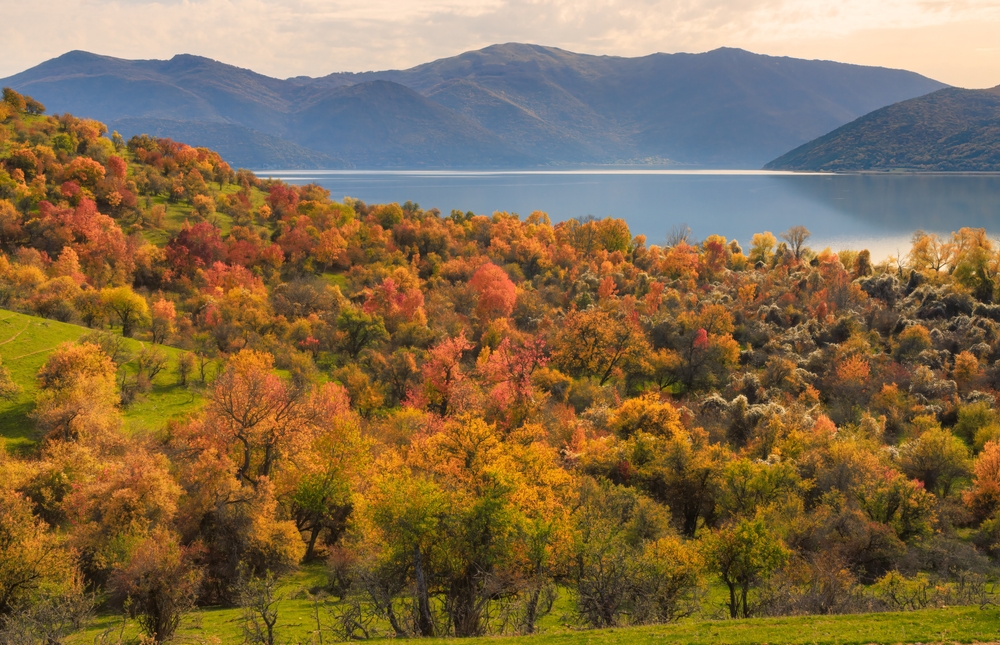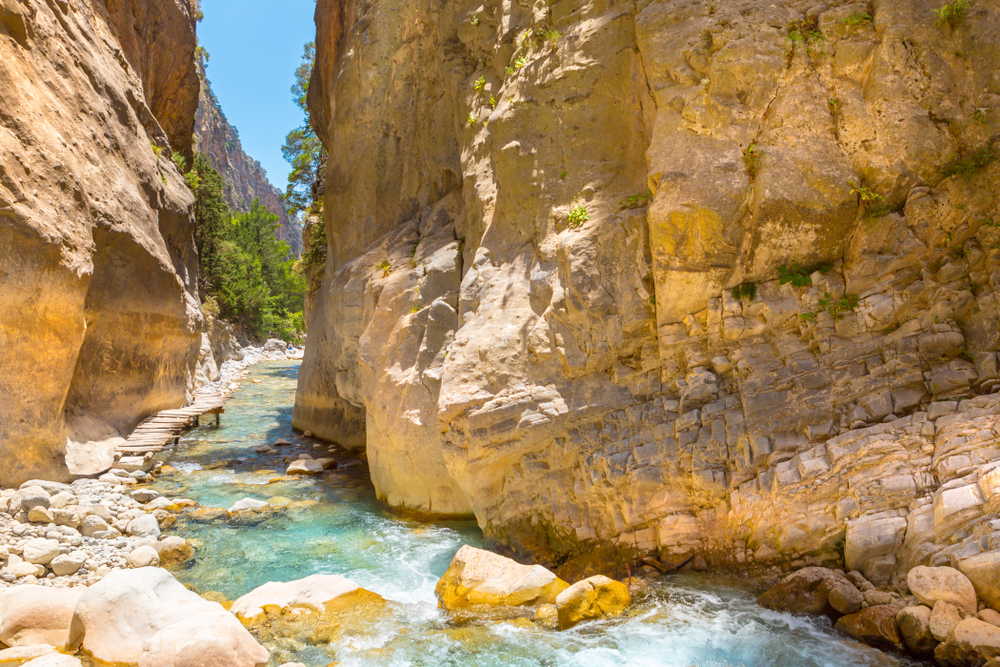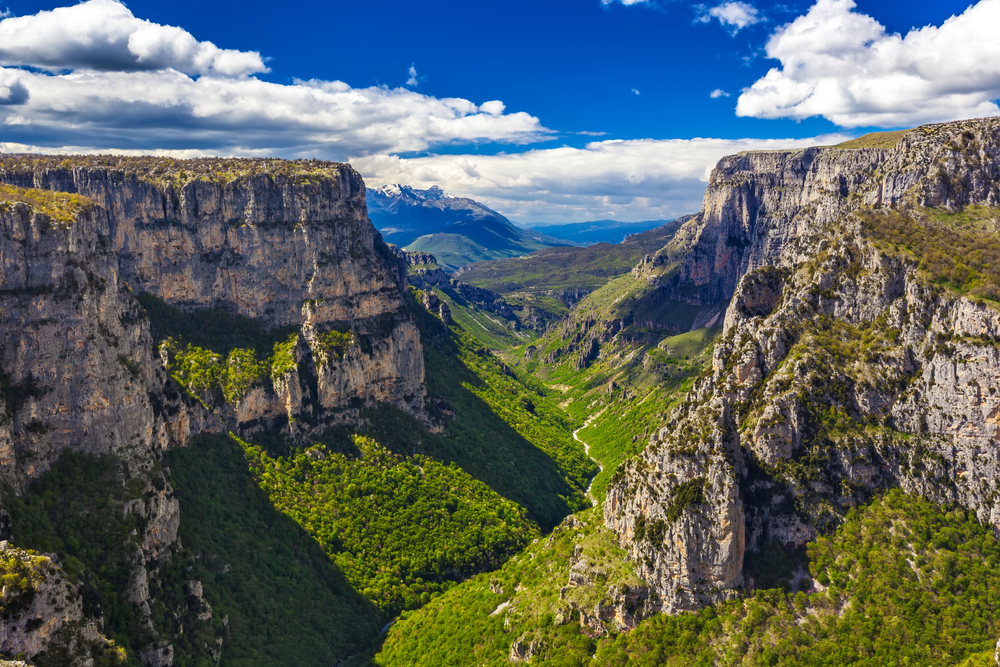Mount Ainos Overview
Mount Ainos National Park, known locally as “Εθνικός Δρυμός Αίνου,” is located on the Greek island of Kefalonia in the Ionian Sea. The park covers approximately 11.2 square miles (29 square kilometers) and is dominated by Mount Ainos, the highest peak on the island, reaching an elevation of 5,341 feet (1,628 meters).
This national park is one of Greece’s most remarkable protected areas, distinguished for its dense forests of the endemic Kefalonian fir (Abies cephalonica), a species unique to the region. The park’s landscape is characterized by rugged limestone terrain, steep slopes, and deep ravines, creating a dramatic and picturesque setting.
The dense fir forests dominate much of the higher elevations, while lower elevations feature a mix of Mediterranean shrubs, holm oaks, and other native vegetation. In certain areas, the forests give way to open meadows and rocky outcrops, providing stunning panoramic views of the Ionian Sea and surrounding islands.
The park is home to a variety of wildlife, with one of its most notable inhabitants being the semi-wild population of Ainos ponies, a rare and small breed of horse that roams the mountain slopes. These ponies, believed to be descendants of ancient Greek breeds, are one of the park’s unique attractions. Other mammals that can be spotted include foxes, hares, and weasels, which inhabit the forested and rocky areas.
The park is also a haven for birdwatchers, as it hosts a diverse array of avian species, including birds of prey such as the peregrine falcon and the common buzzard. Additionally, visitors may encounter various songbirds, owls, and woodpeckers among the trees. The presence of reptiles, including several species of lizards and snakes, adds to the park’s ecological diversity.
One of the most popular features of Mount Ainos National Park is its extensive network of hiking trails that lead visitors through dense fir forests and up to breathtaking viewpoints. A climb to the summit of Mount Ainos offers a rewarding experience with panoramic views stretching across Kefalonia, the neighboring island of Zakynthos, and, on clear days, even the Peloponnese mainland.
The park’s trails range from easy walks through shaded groves to more challenging ascents for experienced hikers. In addition to hiking, visitors enjoy birdwatching, photography, and nature observation, taking in the serene and untouched beauty of the park.
The natural isolation of the mountain, combined with its well-preserved ecosystems, makes it an ideal destination for those seeking tranquility away from the more crowded coastal areas of Kefalonia.
Conservation efforts within Mount Ainos National Park have been crucial in protecting its fragile ecosystems. The Kefalonian fir forests, once threatened by deforestation and grazing, are now carefully managed to ensure their preservation. Conservation programs focus on protecting endemic species and maintaining the park’s biodiversity, with efforts to monitor and support the population of Ainos ponies.
However, challenges persist, particularly concerning climate change, which affects the delicate balance of the fir forests and the availability of water resources. Illegal logging and the impact of tourism are also areas of concern, but local authorities and conservation groups continue to work toward sustainable solutions that allow visitors to appreciate the park without harming its natural beauty.








































































